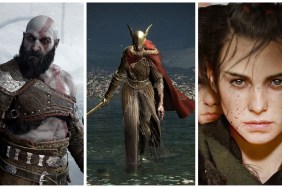It’s super, thanks for asking.
Job description: superhero needed for fighting evil. Hours flexible, but must be punctual—super-speed or time-shifting skills allowed. Flying, typing skills a plus. Familiarity with death-ray computers and hyper/mega/ultra technology is strongly preferred. Attire is business super-casual: tights and capes mandatory. Muscular physique preferred unless female, in which case breast-size must be too enormous to adequately perform mammalian function. Must be good, or have professional experience in the…
-
Many playable characters
-
Unique superpowers
-
Involved boss-fights, mini-games
-
Mediocre, dated graphics
-
Uninspired story










